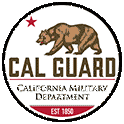Cal Guard smoke hunters dig in on fire lines
Joint Task Force Rattlesnake deploys to various incidents to support CAL FIRE and federal agencies.

Story & photos by Staff Sgt. Amanda Johnson
California National Guard Public Affairs
Aug. 27, 2020
MONTEREY, Calif. — Smoke hangs thick in the pre-dawn air as people in yellow shirts buzz about large utility trucks, sharpening their axes and chainsaws, filling up water jugs, and checking their wildland firefighting equipment. On the back of the yellow tops are the bold red letters, CAL FIRE.
But this team of 12 aren’t members of California Department of Forestry and Fire Protection (CAL FIRE). They are Soldiers and Airmen from the California State and National Guard.
“Good morning everybody. Welcome back to the Carmel incident,” says CAL FIRE Capt. Kaj Johnson, who is in charge of the Cal Guard Joint Task Force Rattlesnake Monterey-based hand crew team. “We’ll start off with some perimeter control hand line construction…”
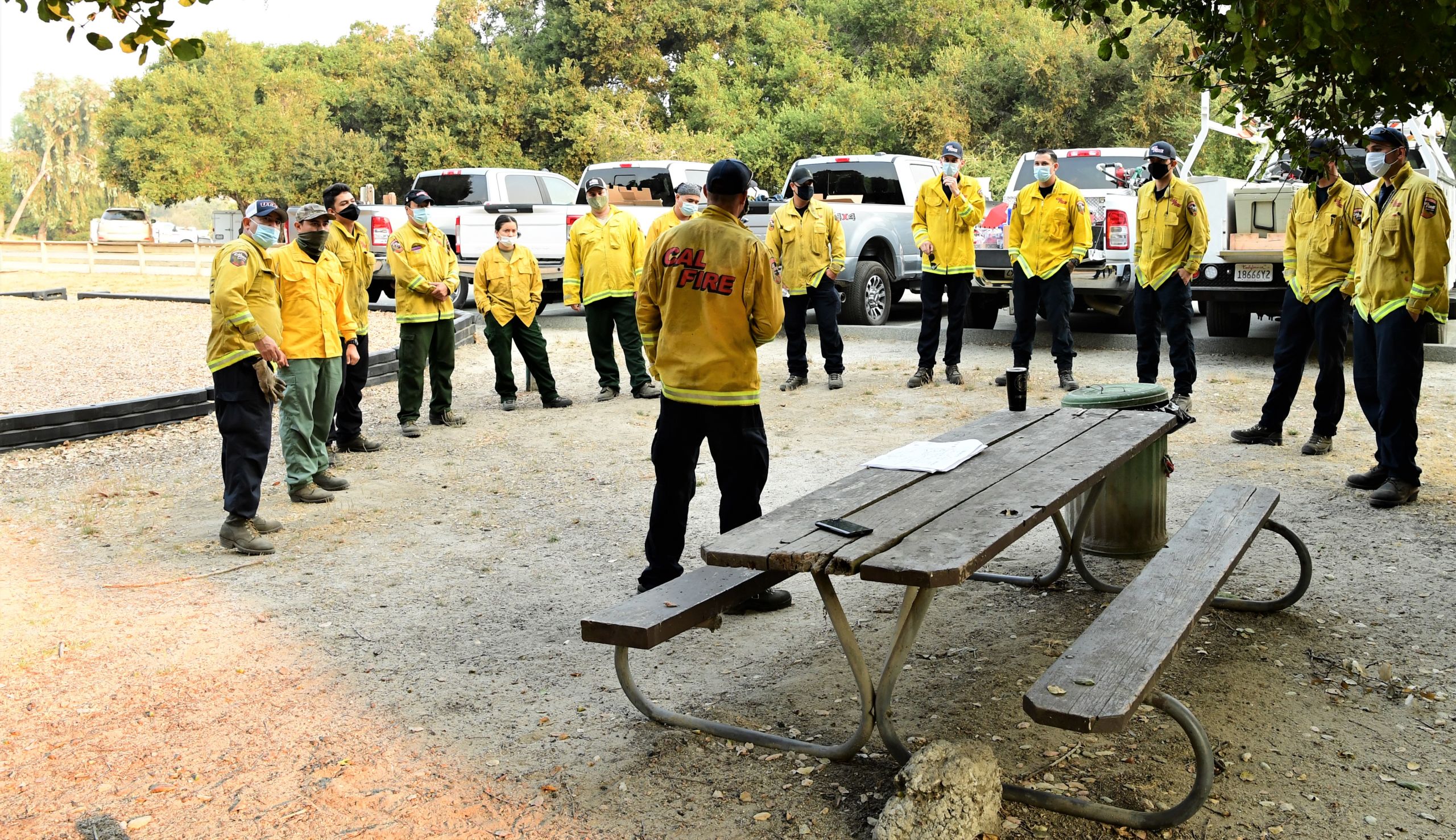
CAL FIRE Capt. Kaj Johnson, center, speaks with his hand crew team about the day's mission, safety considerations, and progress of the fire. This hand crew team consist of service members from the California Army, Air, and State Guard.
CAL FIRE Capt. Kaj Johnson, center, speaks with his hand crew team about the day's mission, safety considerations, and progress of the fire. This hand crew team consist of service members from the California Army, Air, and State Guard.
Johnson continues to detail the path they will work along the edge of an area the fire has already burned. More than 900 personnel from state and federal agencies are working on the Carmel Fire. This hand crew’s work is part of an overall plan to contain the fire by constructing hand lines.
The hand crew is one of ten Rattlesnake teams working throughout the year to reduce fire debris and potential fuel.
“During non-fires, we train,” says U.S. Air Force Capt. Joseph Tabor, the officer in charge of the Fresno crew.
“We do fuels reduction, which entails going out to wooded areas and removing wood, brush, and plants that could potentially add to a fire if it were to sweep through the area,” says Tabor, who is also a bio-environmental engineer with the California Air National Guard’s 163d Medical Group in the 163d Attack Wing.
Cal Guard troops are trained by CAL FIRE to create fire breaks, thin forests of fuels and implement controlled burns.
Since Rattlesnake began operations in April 2019, they have cut, cleared, stacked and treated project areas identified by CAL FIRE as high risk in the central and northern parts of the state. Hand crew teams routinely work in Fresno, Monterey, Placer, and Shasta counties, and travel to other areas when needed.


Rattlesnake processed over 2,000 acres last year, says U.S. Army Maj. Robert Langston, the task force commander. That number now totals 3,460 acres. “These communities are better today due to the critically important work we have done over the last year.”
As fires sprout throughout the state, the teams shift their focus from fire prevention to fire mitigation.
“We are cutting hand lines. We’re looking for burning embers, hiking, and basically hunting for smoke,” says Tabor. His team recently worked a fire in San Luis Obispo and also the Hills Fire in Coalinga. “The biggest obstacles are the mountains and heat.”
They hike miles in scorching heat across mountainous terrain, all within the vicinity of widespread fires. And all the while, each member carries around 45 lbs of supplies to sustain themselves: food and water, fire safety equipment and hand tools.
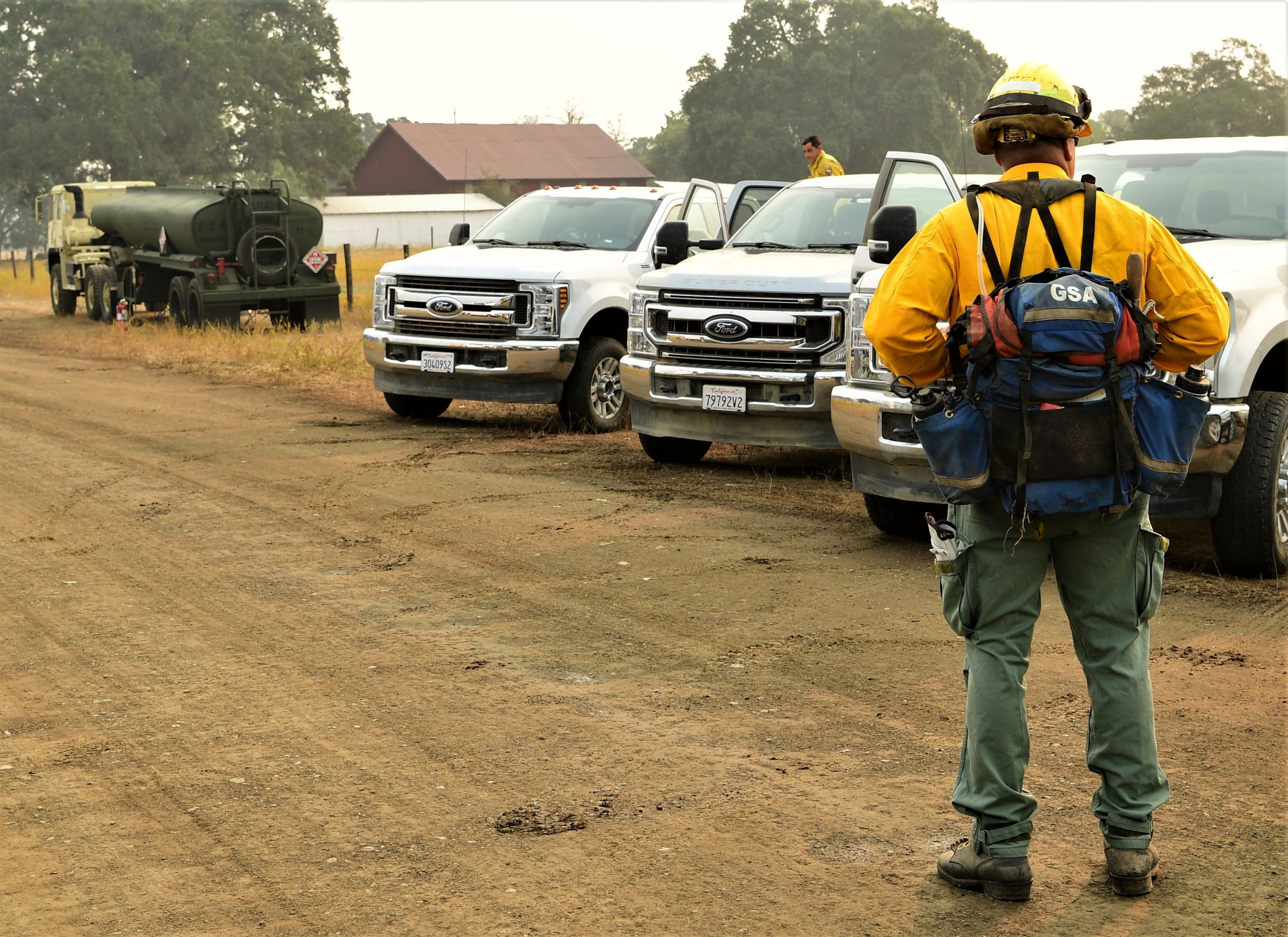
California National Guardsman from Fresno-based Joint Task Force Rattlesnake waits for his hand crew to embark on the day's mission on the LNU Lightning Complex Fire near Calistoga, Calif., Aug. 31, 2020.
California National Guardsman from Fresno-based Joint Task Force Rattlesnake waits for his hand crew to embark on the day's mission on the LNU Lightning Complex Fire near Calistoga, Calif., Aug. 31, 2020.
“It was over 100 degrees every day. We probably hiked 2,000 plus feet a day with very little shade,” says Tabor of their recent missions.
Despite the challenges and obstacles inherent with the job, every member of the hand crew demonstrates high morale and motivation, Tabor says. The team is heading to work the LNU Lightning Complex fire next, he says.
“Knowing we are the tip of the spear and directly saving lives and property is extremely rewarding.”

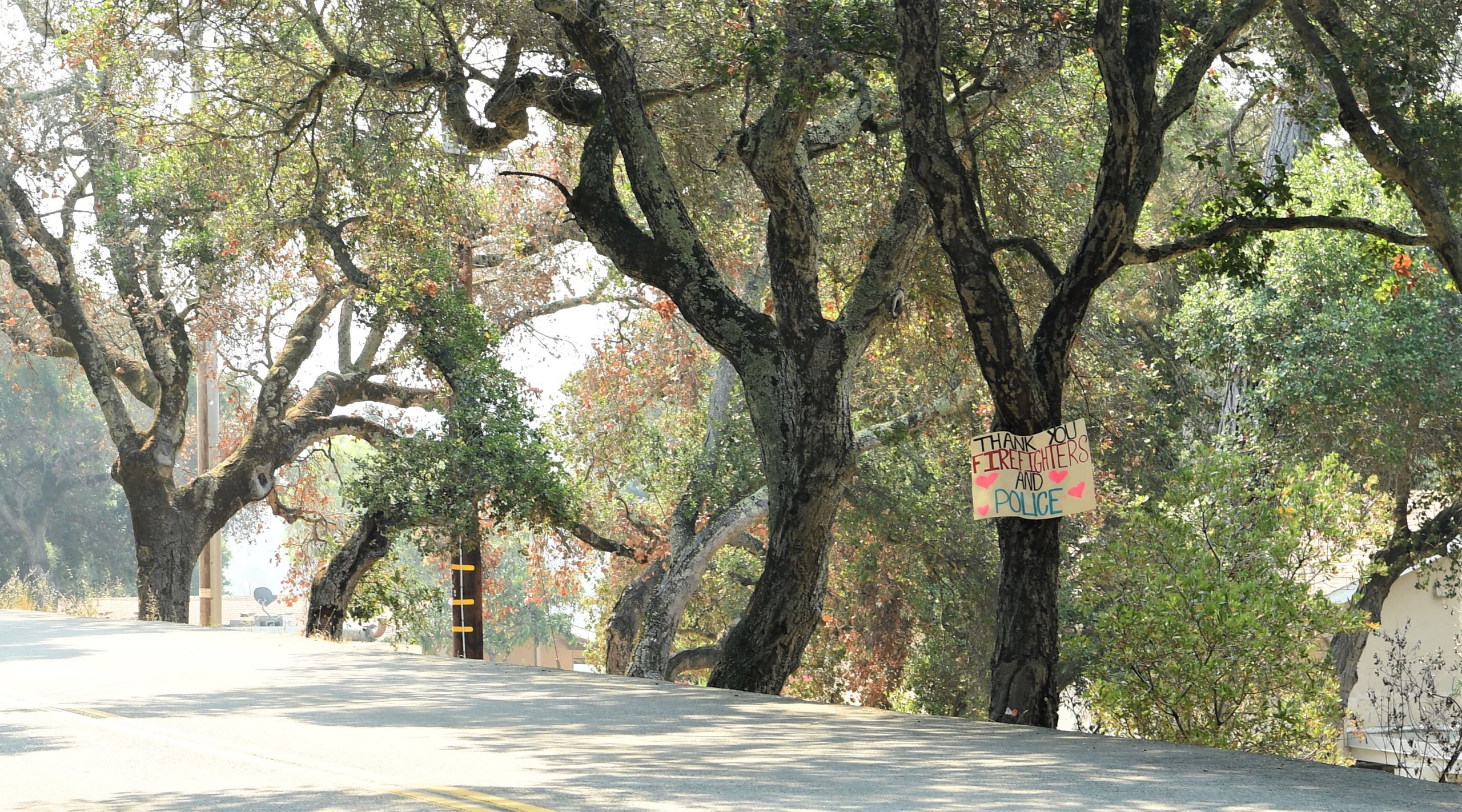
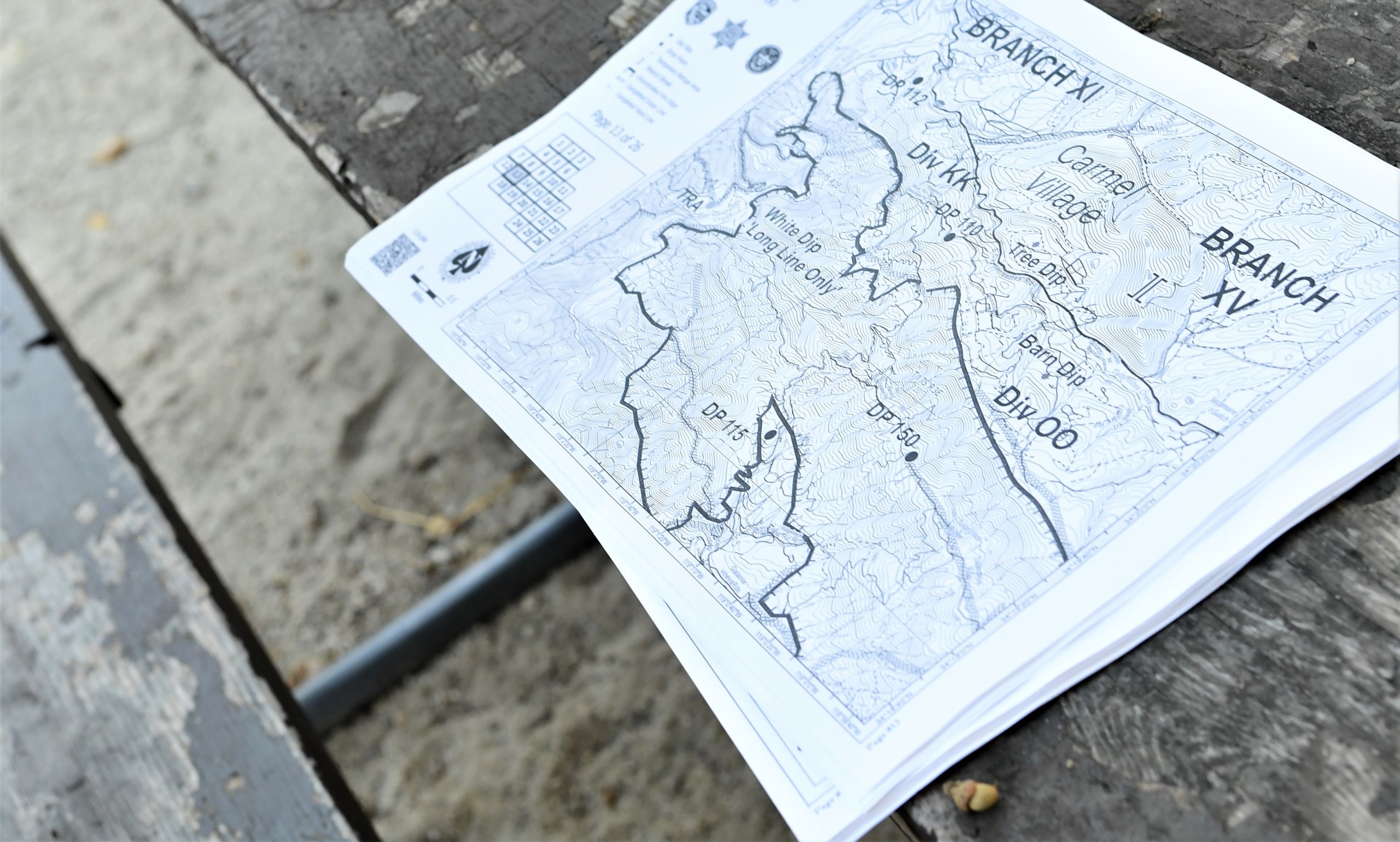
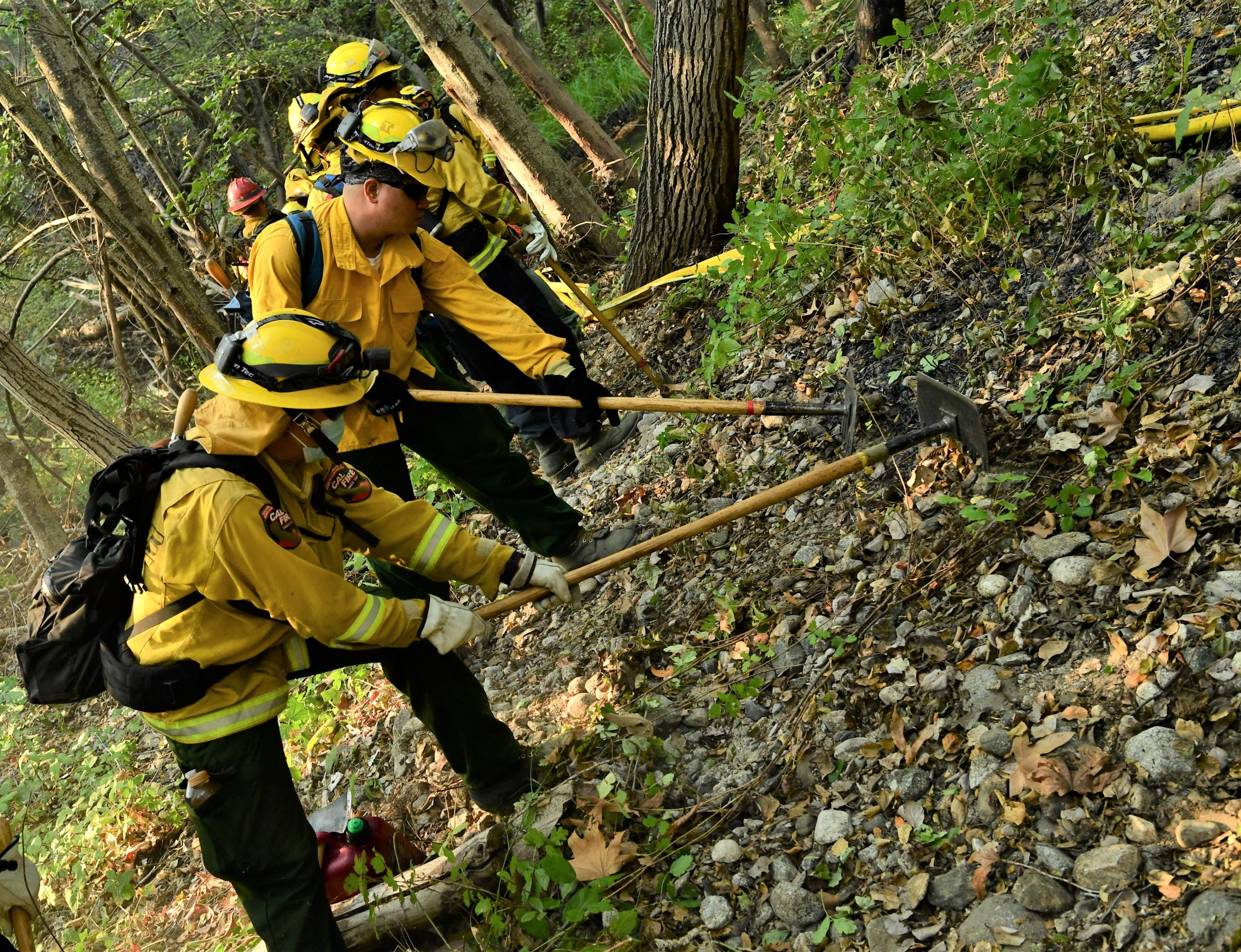
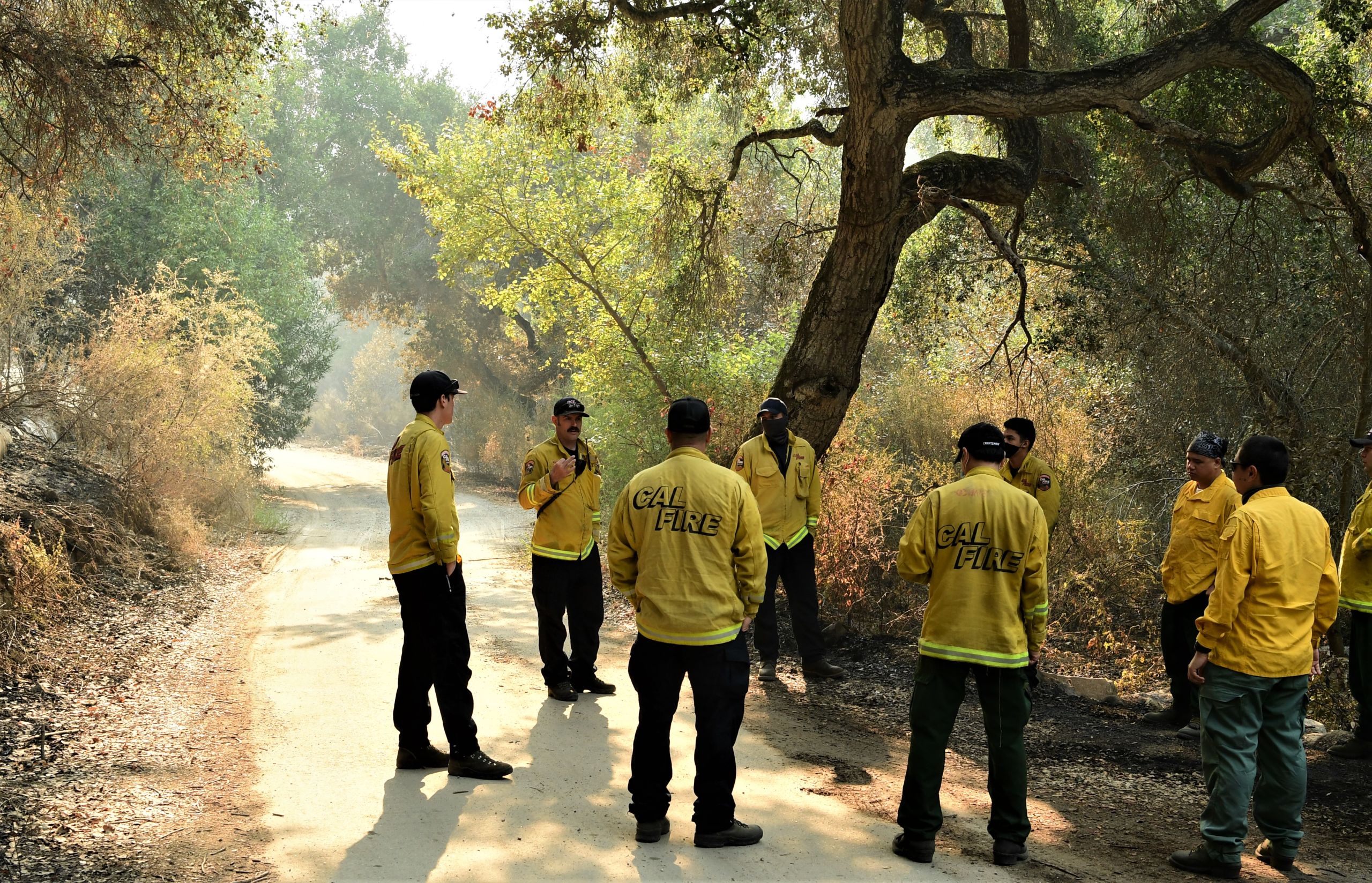

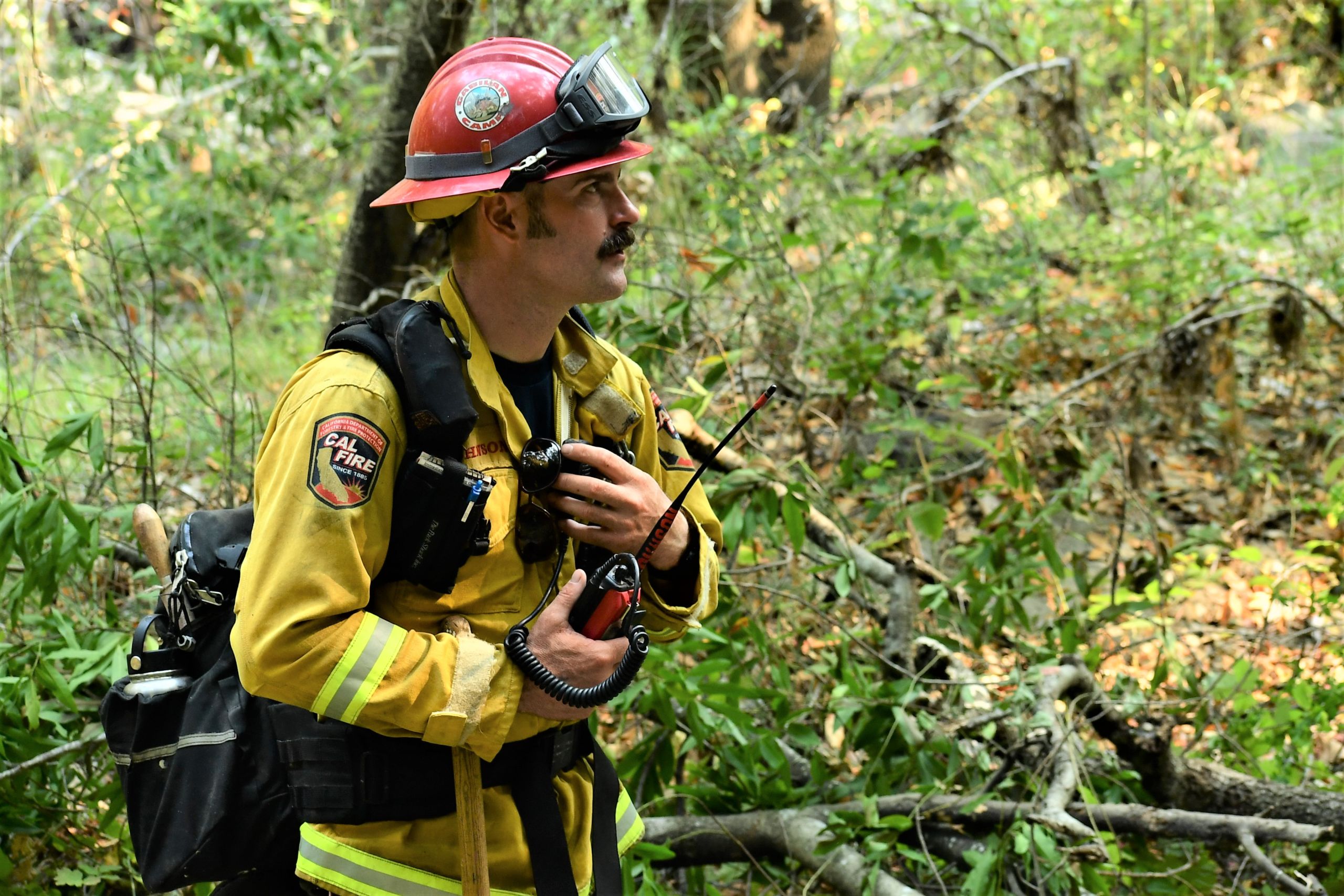
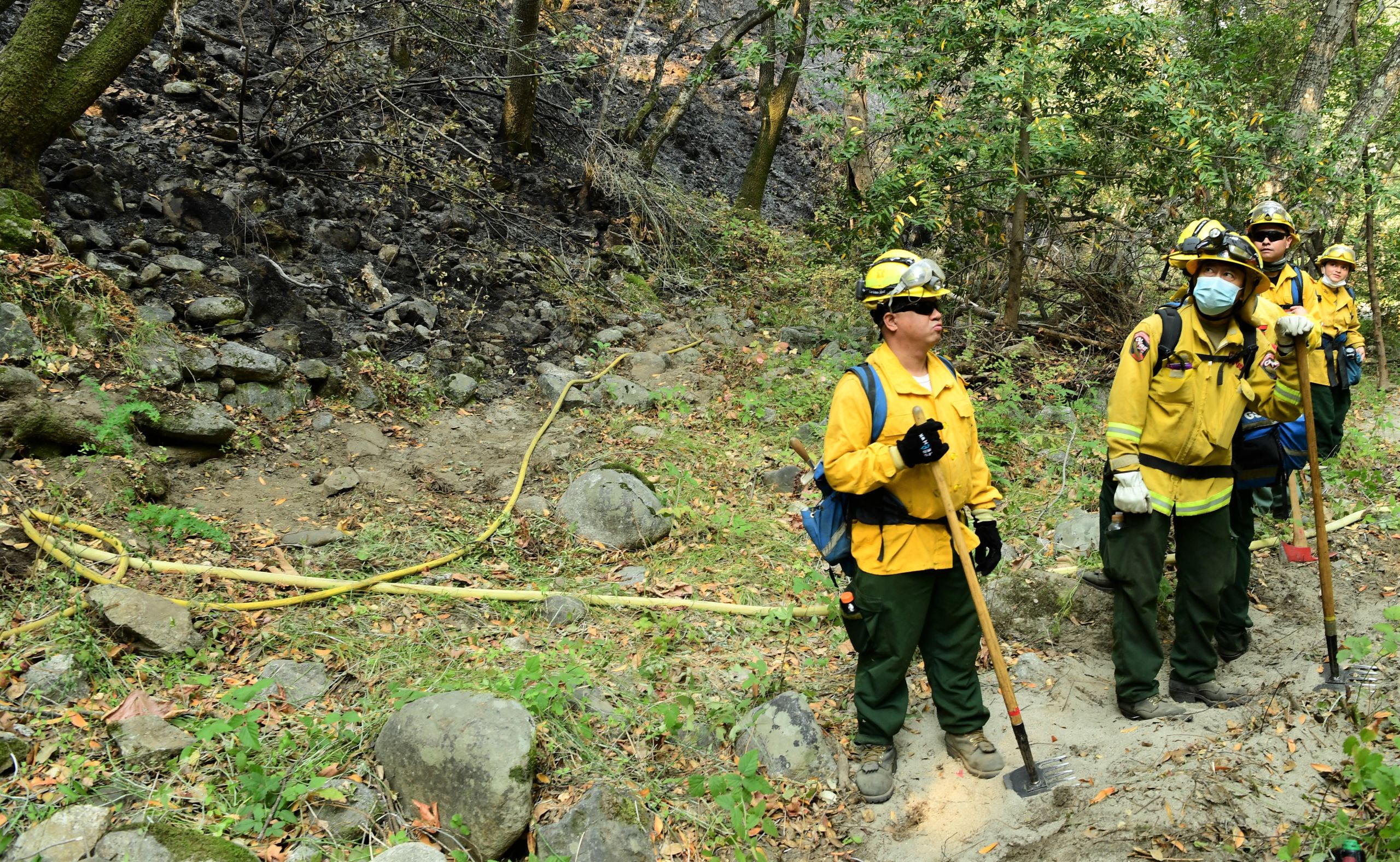
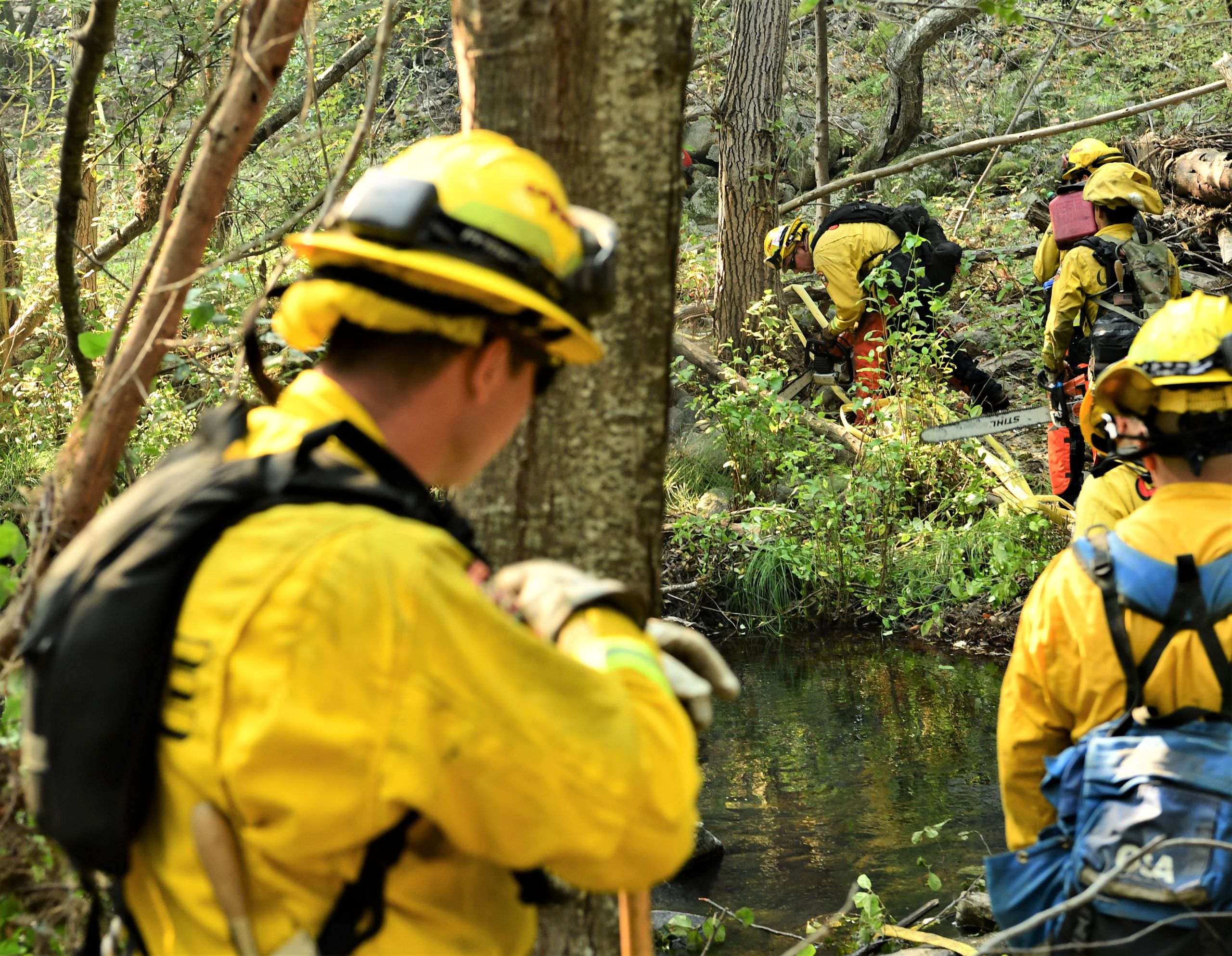


A map of the Carmel Fire incident sits on a wooden picnic table.
A map of the Carmel Fire incident sits on a wooden picnic table.

Cal Guardsmen dig into the soil with hand tools, creating a fire break around the perimeter of the Carmel Fire.
Cal Guardsmen dig into the soil with hand tools, creating a fire break around the perimeter of the Carmel Fire.

California National Guardsmen conduct a safety brief near the area of the Carmel Fire they will be working that day.
California National Guardsmen conduct a safety brief near the area of the Carmel Fire they will be working that day.

Extra pairs of boots are issued to each hand crew for quick access in case the are needed on an fire incident.
Extra pairs of boots are issued to each hand crew for quick access in case the are needed on an fire incident.

CAL FIRE captain checks his radio for communications regarding updates on the Carmel Fire.
CAL FIRE captain checks his radio for communications regarding updates on the Carmel Fire.

Cal Guardsmen working the fire perimeter of the Carmel Fire study the progress up a steep incline of their team mates.
Cal Guardsmen working the fire perimeter of the Carmel Fire study the progress up a steep incline of their team mates.

Cal Guard hand crews chainsaw debris out of the way as they create hand lines around the perimeter of the Carmel Fire.
Cal Guard hand crews chainsaw debris out of the way as they create hand lines around the perimeter of the Carmel Fire.

Cal Guard's Joint Task Force Rattlesnake service members continuously maintain and sharpen the hand tools that create the essential hand-line breaks along the perimeter of a fire. This chain saw is a critical part of the hand crew team in the progress made daily.
Cal Guard's Joint Task Force Rattlesnake service members continuously maintain and sharpen the hand tools that create the essential hand-line breaks along the perimeter of a fire. This chain saw is a critical part of the hand crew team in the progress made daily.

